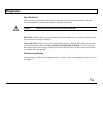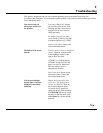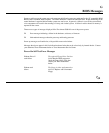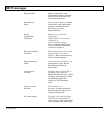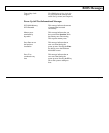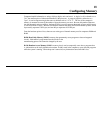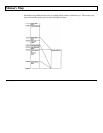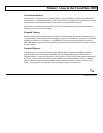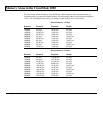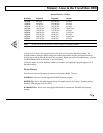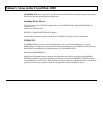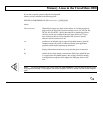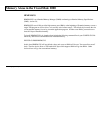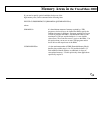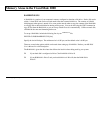
Memory Areas in the TravelMate 2000
Conventional memory
Also referred to as main memory, conventional memory is internal RAM up to 640 K bytes that MS-DOS
accesses directly. Conventional memory is used for the execution of programs and commands and for storing
temporary data. MS-DOS cannot directly access memory beyond this 640 K byte limit.
The amount of conventional memory (640 K byte) in the TravelMate 2000 is displayed on the Hardware
Installation screen and cannot be changed.
Extended Memory
Extended memory is internal RAM above 1024 K byte. MS-DOS cannot directly access Extended memory
as system memory, but the memory can be configured as one or more RAM disks. It can also be accessed by
applications written to use this memory. The HIMEM.SYS device driver described later in this section
allows MS-DOS programs to use an extra 64 K byte region located just above the I M byte mark for storage
of code and data.
Expanded Memory
Expanded memory is memory conforming to the Expanded Memory Specification (EMS) developed by
Lotus/Intel/Microsoft, and is known as LIM-EMS. The TravelMate 2000 supports EMS version 4.0.
Expanded memory is accessed by allocating an area (usually 64 K byte) of the system memory between 640
K byte and 1 M byte (and between 256 K byte and 640 K byte when the /O option is used) as a "window."
Pages of data are passed to and from Expanded memory through this window, which
is called the "page
frame". The page frame is divided into at least four physical pages of 16 K byte each.
Configuring Memory H-3



